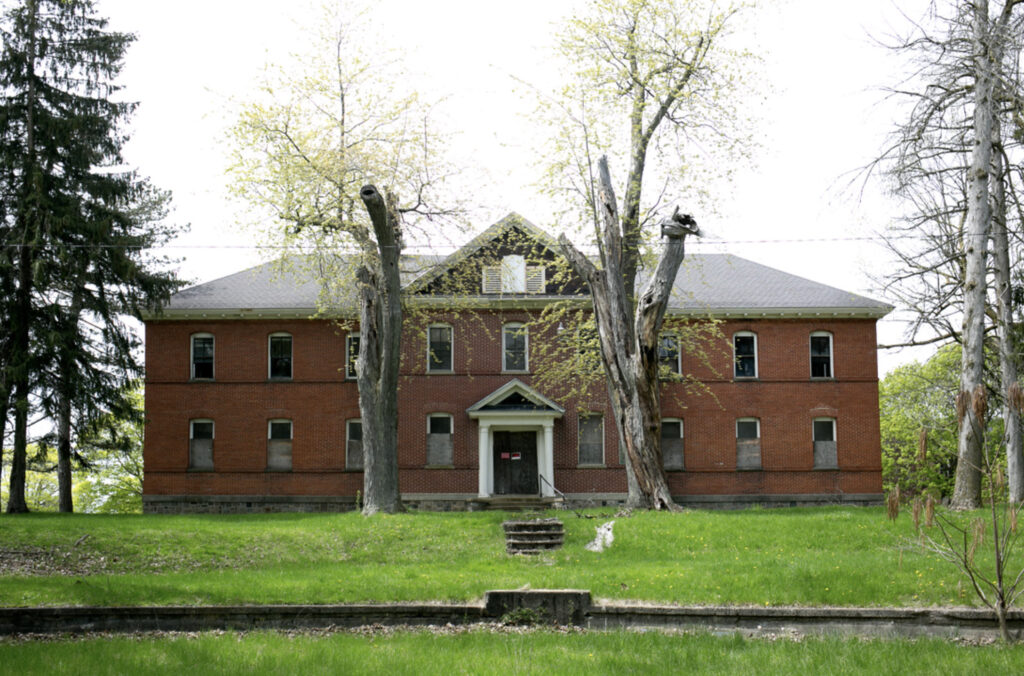


The Mt. Pleasant Indian Industrial Boarding School, located in Mt. Pleasant, Michigan, officially opened on January 3, 1893, and operated until June 6, 1934. It was relocated to its current site on June 30, 1893. During its forty years of operation, the school educated thousands of Native American children from Michigan and surrounding states, with annual enrollments ranging between 300 and 375 students. The institution provided eight years of education, with an emphasis on vocational training in areas such as agriculture, home economics, carpentry, and various trades rather than academics.
The Mt. Pleasant Indian Industrial Boarding School mirrored those common throughout the Bureau of Indian Affairs (BIA) system. The school imposed strict discipline and maintained a highly regimented daily schedule, aiming to assimilate Native American children into Euro-American culture, often at the expense of their indigenous identities and traditions.
Many students ran away from the school, some repeatedly. The long distance from their homes and the financial hardships of their families made visits infrequent. During the Great Depression, records show numerous letters from parents requesting their children’s enrollment, often due to the death or illness of a spouse and extreme poverty. For many families, the school was seen as a means to ensure their children’s survival and access to education during tough times. However, communication with loved ones was often disrupted, as school administrators withheld letters and packages, further isolating the students. When children did return home, they were often strangers to their families, not only due to the years of separation but also because of the language barrier.
The broader impact of the boarding school system, including Mt. Pleasant, has been widely criticized for its role in the forced assimilation policies that sought to eradicate Native American cultures and languages. The legacy of these institutions is complex and often painful, reflecting broader issues of cultural suppression and the long-term effects on Native American communities.